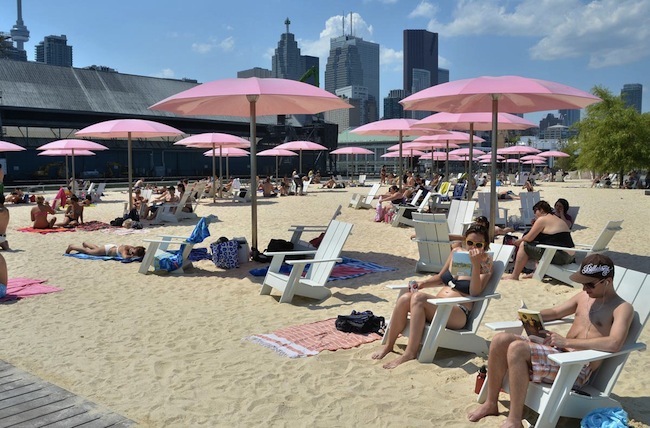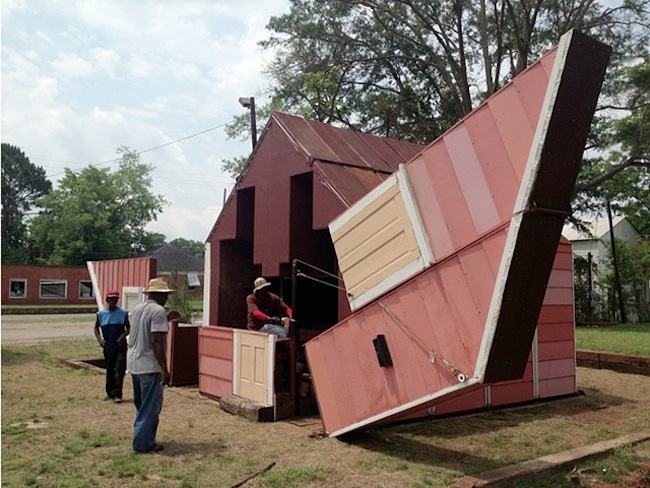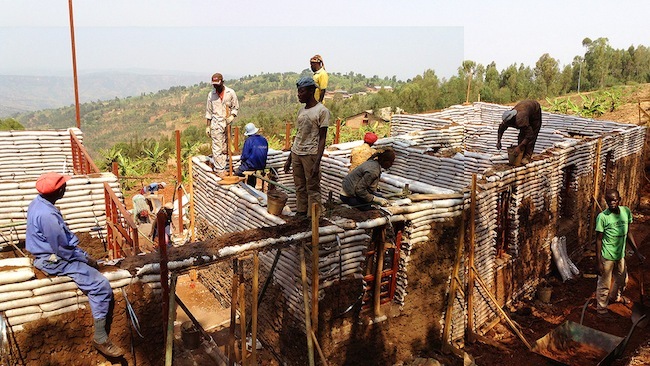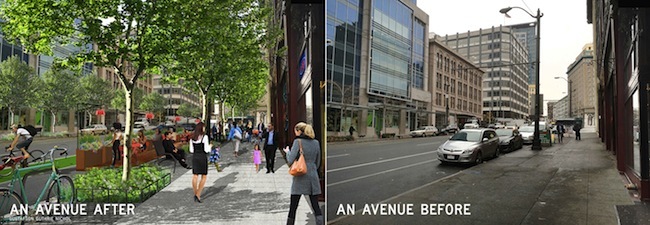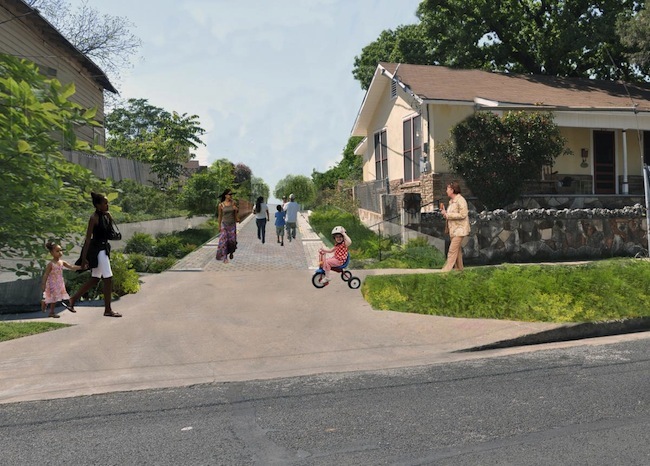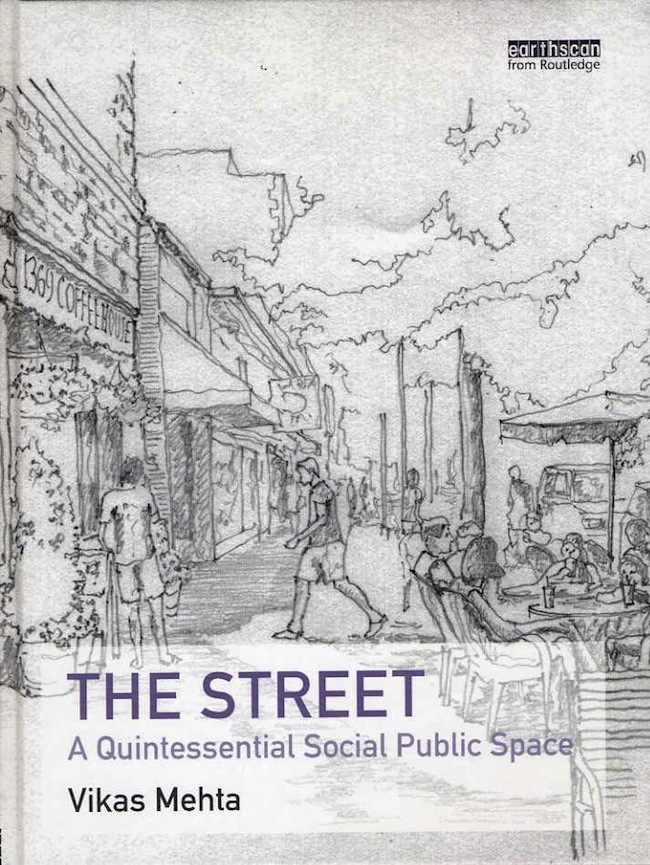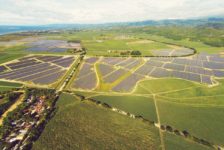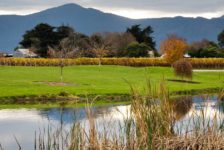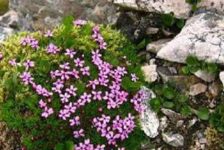The Environmental Design Research Association recently announced the winners of its 16th annual Great Places Award. This year, six exemplary projects in landscape architecture, architecture, planning, and urban design were recognized for their interdisciplinary approach blending human-centered and sustainable design with environmental research and expertise. The winners of the 2014 Great Places Awards were displayed at EDRA’s recently held 45th annual conference in New Orleans, Louisiana.
Image credit: Claude Cormier et Associés
“Sugar Beach” by Claude Cormier et Associés | Toronto, Canada
2014 Place Design Award
Landscape architecture firm Claude Cormier et Associés transformed a former desolate parking lot into Sugar Beach, a thriving sugar-themed park. Located on the edge of Lake Ontario, this fun urban park swapped asphalt for soft white sand and dotted the Toronto shoreline with cotton candy pink umbrellas. The designers drew inspiration for the sugar theme from the neighboring Redpath Sugar factory. Described by EDRA as “an usual hybrid between industrial and recreational spaces,” Sugar Beach is a playful tree-lined respite that is lauded for reclaiming the waterfront from old factories back to city dwellers.
Image credit: Matthew Mazzotta
“Open House” by Matthew Mazzotta | York, Alabama
2014 Place Design Award
Artist Matthew Mazzotta designed Open House, a shape-shifting building that unfolds like origami. Built from salvaged and repurposed materials, the pink structure transforms from the shape of a house into an open-air theatre. The artist breathed new life into the abandoned, yet iconic house without compromising its structural and historical footprint. The transforming house can be unfolded into five rows of stadium seating over the course of one and a half hours. The artist hopes that Open House, which is one of the community’s few gathering spaces, will help spur greater dialogue about the lack of public space in York.
Image credit: GA Collaborative
“Masoro Village Project” by GA Collaborative | Masoro, Rwanda
2014 Place Design Award
Since 2008, nonprofit GA Collaborative has worked together with the villagers of Masoro, Rwanda to design and construct affordable housing and public spaces. Operating under the belief that “all have the right to good design,” the nonprofit’s building efforts have helped empower and teach local residents how to affordably and sustainably shape their living environments. To reduce the amount of materials imported, GA Collaborative has started to use EarthBags–woven polypropylene bags packed with excavated earth–to construct stable load-bearing walls for houses.
(Related Story: Interview with ‘Swings for Dreams – Landscape Architecture Without Borders’ Founder Michael Aguas)
Image credit: Gustafson Guthrie Nichol
“Pike-Pine Renaissance” by Gustafson Guthrie Nichol | Seattle, Washington
2014 Place Planning Award
Sponsored by the Downtown Seattle Association, the Pike-Pine Renaissance project examines how to turn city streets into celebrated public spaces. The study, led by landscape architecture firm Gustafson Guthrie Nichol, explored how to build upon existing infrastructure to make Seattle “America’s Best Urban Experience.” Avoiding quick fixes like “fancy paving,” the project dissected good streets into three basic layers: Light (temporary installations/events), Middle (essentials such as site furniture and pavement), and Deep (pedestrian-oriented investments such as the “paint-and-policy” allocation of the right-of-way).
Image credit: City of Austin, Texas
“Green Alley Demonstration Project” by University of Texas Center for Sustainable Development, City of Austin, Guadalupe Neighborhood Development Corporation, Austin Community Design and Development Center | Austin, Texas
2014 Place Research Award
The city of Austin partnered with neighborhood groups and a local university to learn how best to transform the city’s underutilized network of urban alleyways in the “Green Alley Demonstration Project.” A potential community resource, these neglected alleys have “become places of social and environmental degradation.” In addition to sustainably reconstructing Austin’s alley networks, the project hopes to use their research to strengthen undeveloped Latino and African-American neighborhoods at-risk for gentrification. After conducting a community-needs assessment, the multidisciplinary team developed five small design/build alley pilot projects using sustainable and green infrastructure elements.
(Related Story: Landscape Institute’ Creating Healthy Places Winners Explore Experimental Urban Design)
Image credit: Routledge Books
“The Street: A Quintessential Social Public Space” by Vikas Mehta
2014 Place Book Award
Vikas Mehta, an Associate Professor of Urbanism at the University of South Florida, asks the question “How do we make sociable streets?” In his recent book “The Street: A Quintessential Social Public Space,” Mehta asserts that successful places are not determined by site amenities, but by the relationships a space builds with its users. Offering a comprehensive typology of social behaviors and their relationships with physical surroundings, this book offers a resource to urban designers, landscape architects, and all other professionals interested in the urban fabric.
Lead image via Claude Cormier et Associés
Published in Blog

